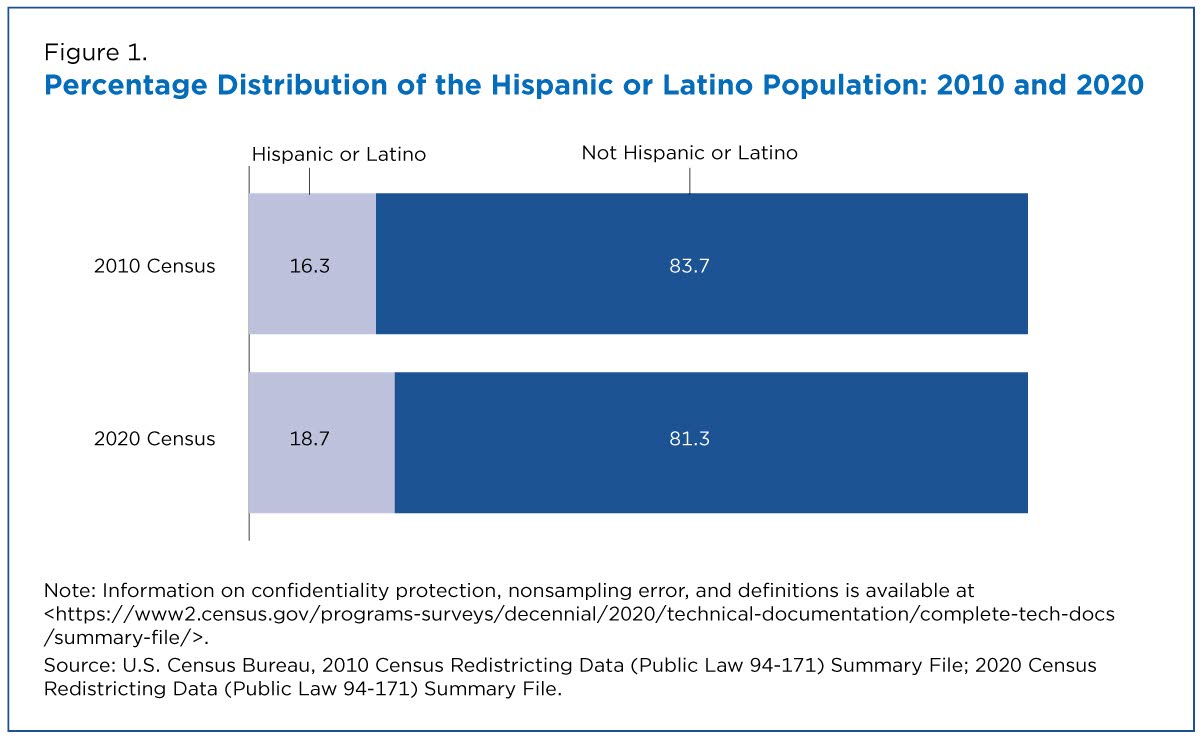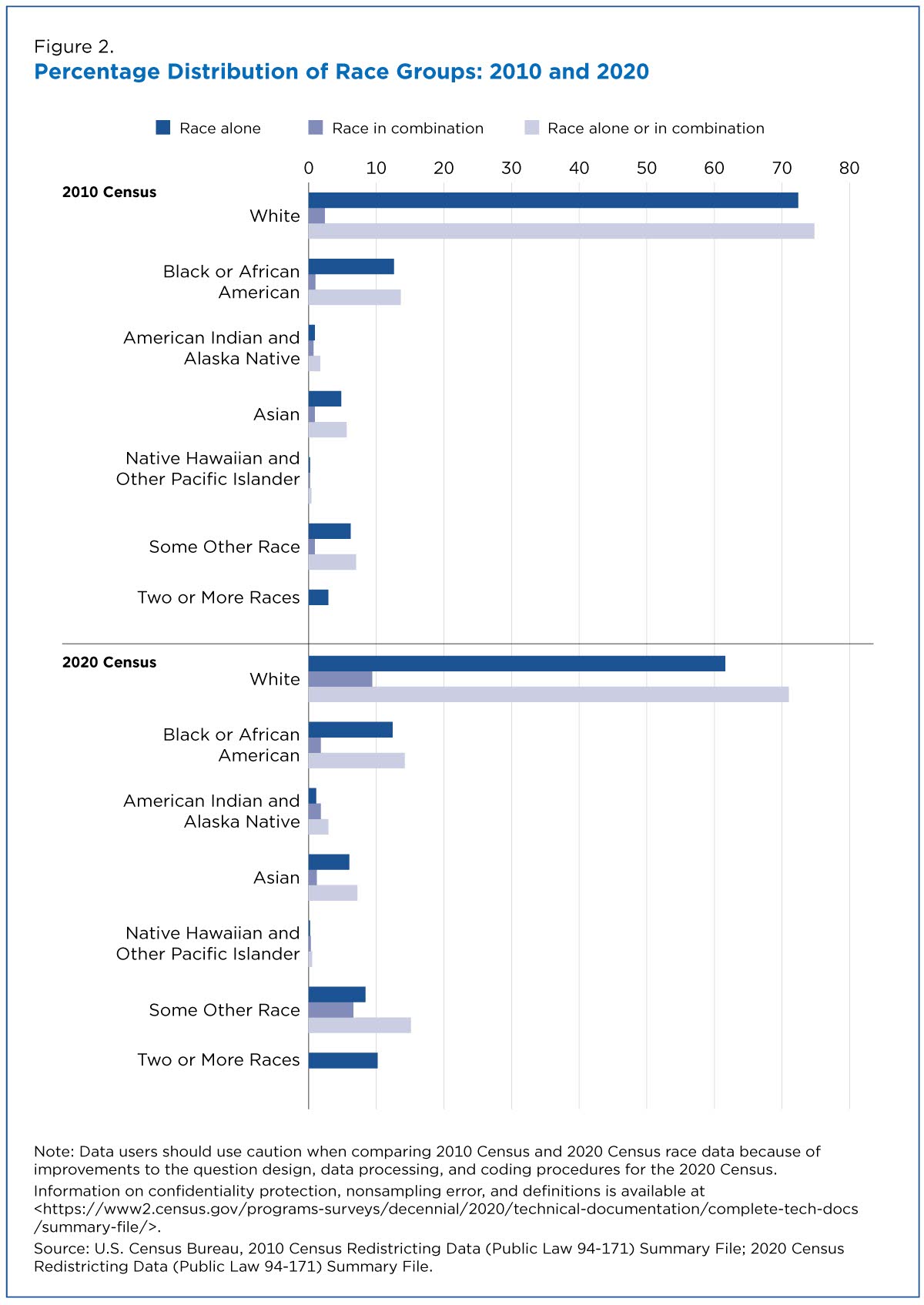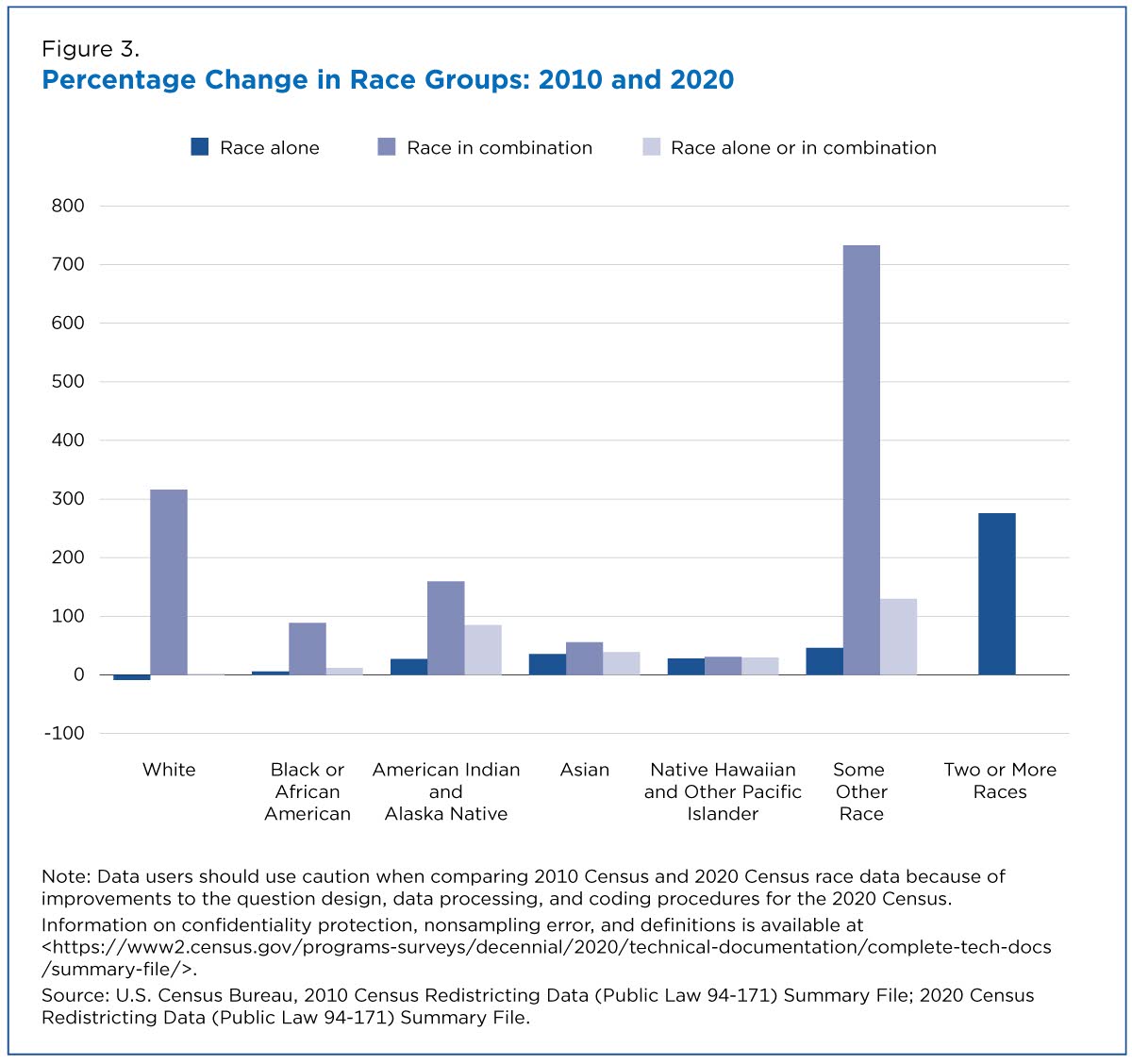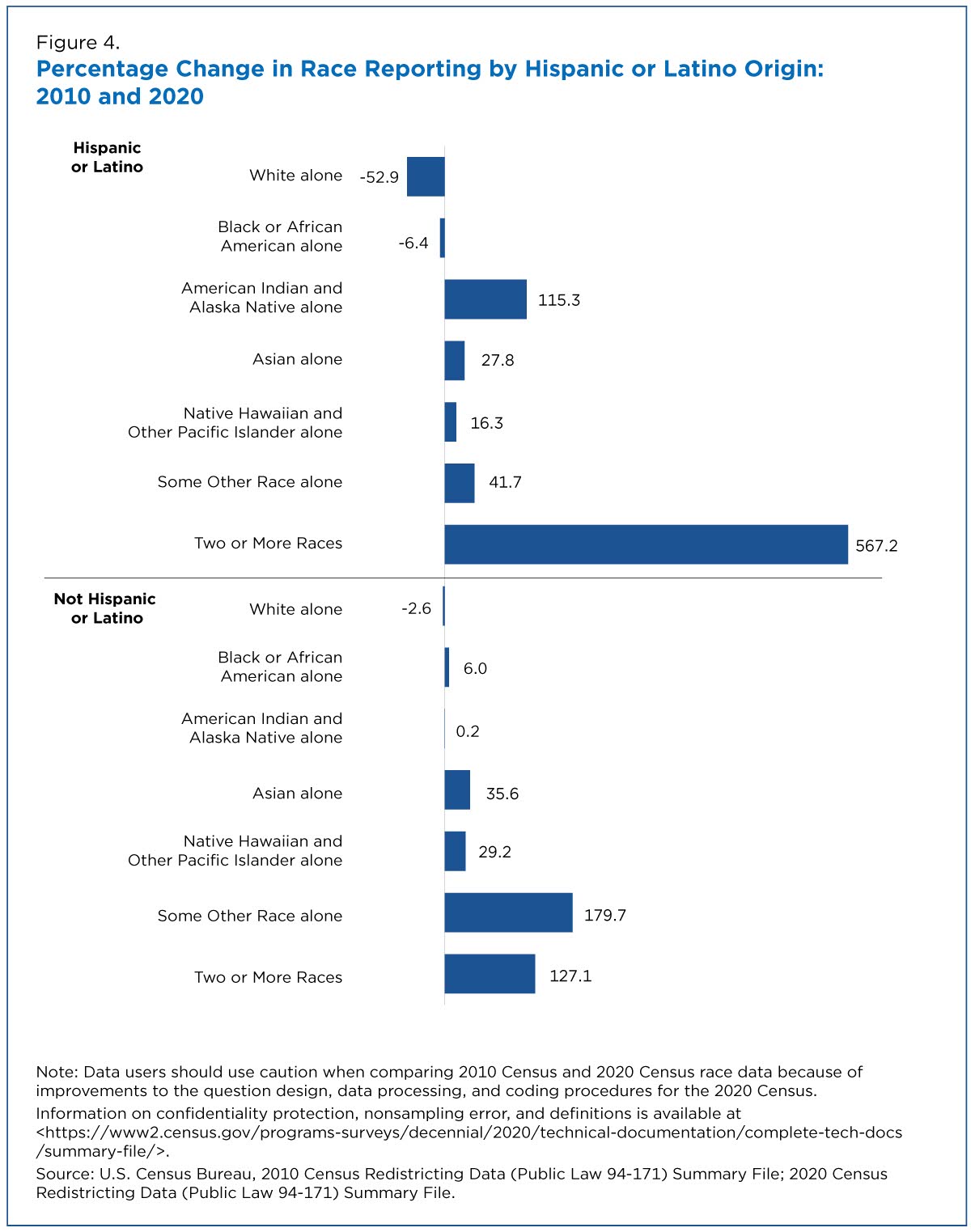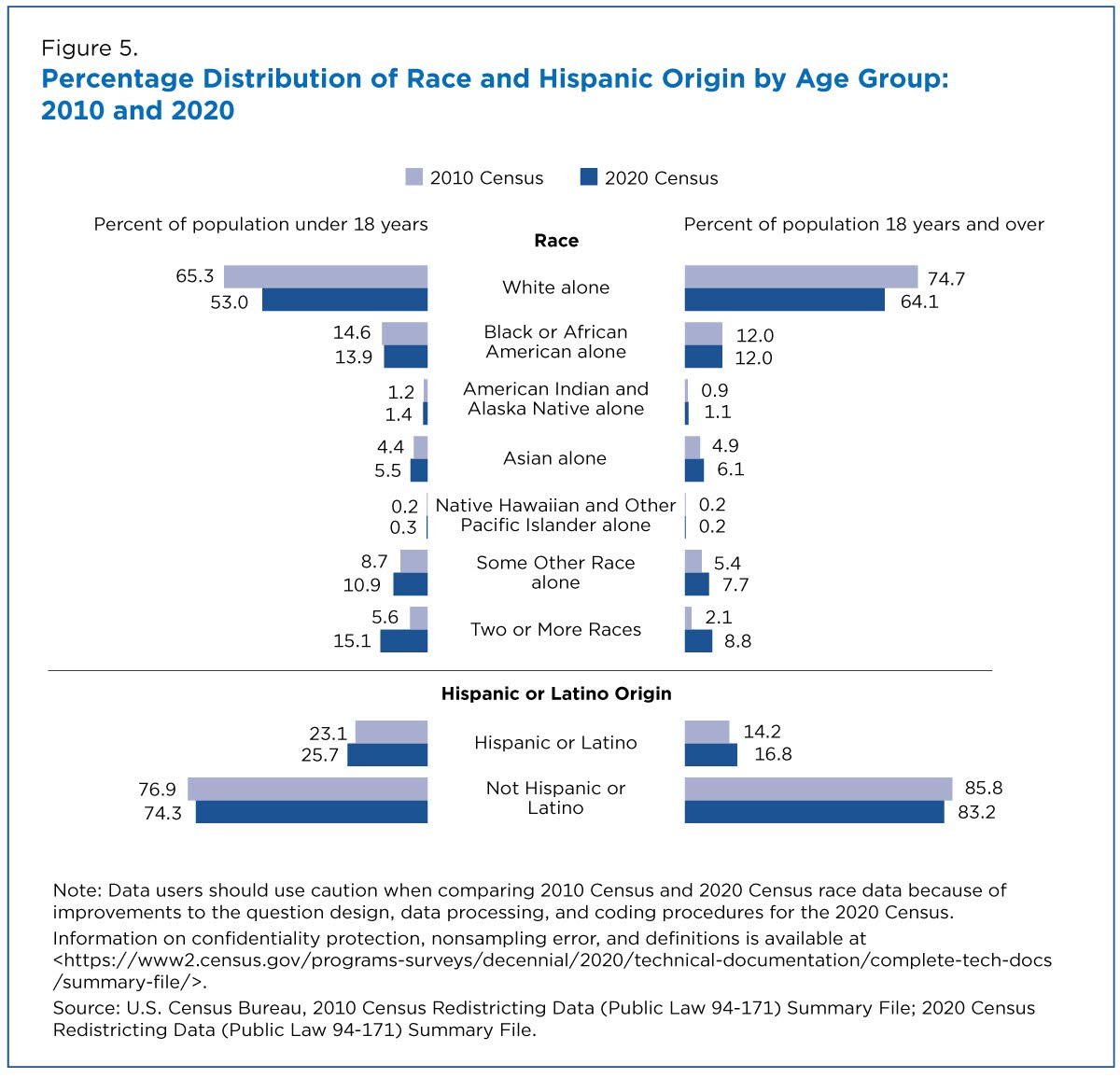Regions and Countries of Origin
In 2016, Eastern European immigrants accounted for the largest share of all Europeans in the United States, at 44 percent (see Table 1). Northern and Western Europeans made up about 20 percent each. The top five origin countries were the United Kingdom, Germany, Poland, Russia, and Ukraine.
Table 1. European Immigrants by Region and Top Countries of Origin, 2016

Source: Migration Policy Institute (MPI) tabulation of data from the U.S. Census Bureau 2016 ACS.
Between 1990 and 2010, the number of Eastern European immigrants increased significantly due to the dissolution of Czechoslovakia, the Soviet Union, and Yugoslavia (see Figure 2). Over the same period, the population of Europeans from other parts of the continent continued to decrease.
Figure 2. European Immigrants in the United States, by Region of Birth, 1960–2016

Note: The increase in Eastern European immigration from 1990 to 2010 is particularly noteworthy, given that after the collapse of the Soviet Union, the U.S. Census Bureau reclassified some former Soviet Republics such as Armenia and Kazakhstan as part of Asia rather than Eastern Europe.
Source: Data from U.S. Census Bureau 2010 and 2016 American Community Surveys (ACS), and Campbell J. Gibson and Kay Jung, “Historical Census Statistics on the Foreign-born Population of the United States: 1850-2000” (Working Paper no. 81, U.S. Census Bureau, Washington, DC, February 2006), available online.
Click here for an interactive chart showing changes in the number of immigrants from Europe in the United States over time. Select individual European countries from the dropdown menu.
Distribution by State and Key Cities
In the 2012–16 period, 45 percent of immigrants from Europe lived in one of four states: New York (15 percent), California (14 percent), and Florida and Illinois (8 percent each). The top four counties by European population were Cook County in Illinois, Kings County in New York, Los Angeles County in California, and Queens County in New York. Together, these counties accounted for about 15 percent of Europeans in the United States.
Figure 3. Top States of Residence for Europeans in the United States, 2012–16

Note: Pooled 2012–16 ACS data were used to get statistically valid estimates at the state level for smaller-population geographies. Not shown are the populations in Alaska and Hawaii, which are small in size; for details, visit the MPI Data Hub to view an interactive map showing geographic distribution of immigrants by state and county, available online.
Source: MPI tabulation of data from U.S. Census Bureau pooled 2012–16 ACS.
As of 2012–16, the U.S. cities with the largest number of Europeans were the greater New York, Chicago, and Los Angeles metropolitan areas, which together accounted for about 31 percent of Europeans in the United States (see Figure 4).
Figure 4. Top Metropolitan Areas of Residence for Europeans in the United States, 2012–16

Note: Pooled 2012–16 ACS data were used to get statistically valid estimates at the metropolitan statistical-area level for smaller-population geographies. Not shown are the populations in Alaska and Hawaii, which are small in size.
Source: MPI tabulation of data from U.S. Census Bureau pooled 2012–16 ACS.
Table 2. Top Concentrations of Europeans by Metropolitan Area, 2012–16

Source: MPI tabulation of data from the U.S. Census Bureau pooled 2012–16 ACS.
Click here for an interactive map that highlights the metropolitan areas with the highest concentrations of immigrants from individual countries and regions.
https://www.migrationpolicy.org/article/european-immigrants-united-states-2016#Diaspora


